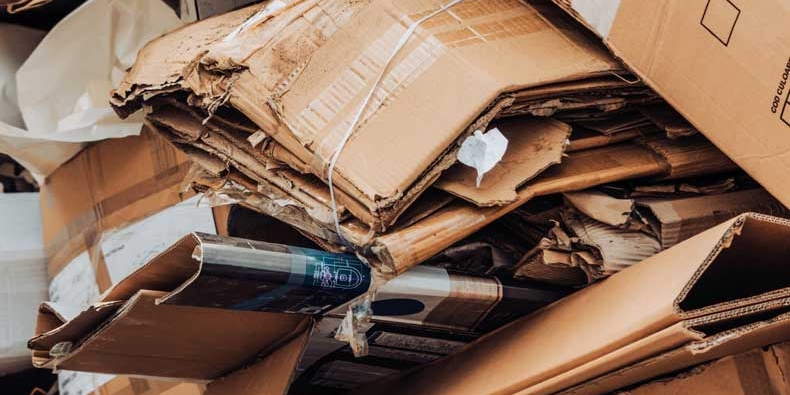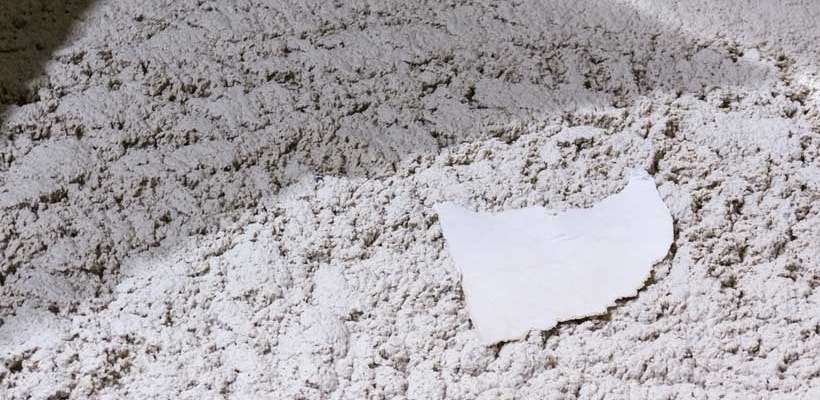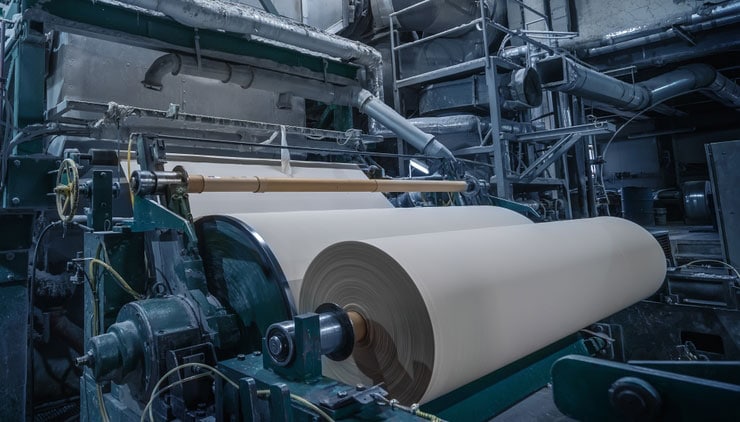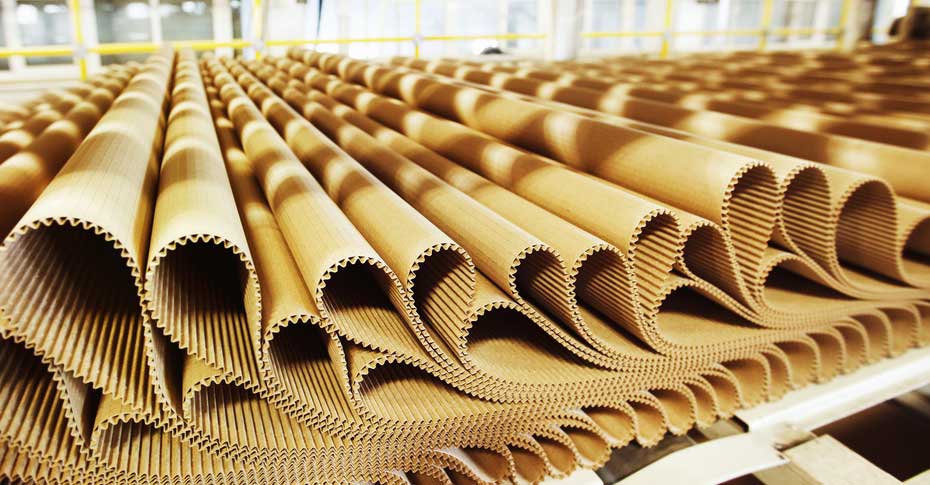What is the carboard recycling process?

Do you ever wonder what happens to all the cardboard you throw away?
Recycling cardboard is important for many reasons, and you might be surprised to learn just how simple and beneficial it can be. By recycling cardboard, you are not only reducing the amount of waste going to landfills, but also conserving valuable resources like trees, water, and energy.
The process involves sorting the cardboard, ensuring its quality, shredding and pulping it, and then transforming it into new paper and cardboard products.
So, next time you think about throwing away that cardboard box, remember that recycling it plays a vital role in protecting our environment.
Sorting the Cardboard
Begin by separating coated or waxed cardboard. These variants require specialised recycling procedures due to their distinct composition.
Next, categorise the remaining material into two primary types: corrugated cardboard and boxboard. Corrugated cardboard, recognizable by its layered structure with a creased middle, is typically used in packaging. On the other hand, boxboard, thinner and commonly found in cereal boxes, serves different purposes.
Quality Control
Once the cardboard goes through the recycling process, meticulous scrutiny becomes imperative. Trained professionals carefully examine the recycled cardboard to guarantee it aligns with the required standards. This examination specifically targets any residual contaminants, like food or plastic, that might have slipped through the initial sorting phase.
Moreover, a quality control team diligently searches for impurities that could potentially impact both the functionality and aesthetics of the recycled cardboard. This comprehensive inspection serves as a safeguard, upholding the superior quality of the recycled cardboard. Such vigilance ensures its suitability for diverse applications, spanning from packaging materials to various paper products.
The Significance of Sorting
This meticulous sorting process holds immense importance. Why? Because each material contributes to various grades of recycled cardboard. When sorted accurately, it ensures the cardboard remains uncontaminated and clean, enhancing the efficiency of the recycling process while minimising waste.
Moreover, a quality control team diligently searches for impurities that could potentially impact both the functionality and aesthetics of the recycled cardboard. This comprehensive inspection serves as a safeguard, upholding the superior quality of the recycled cardboard. Such vigilance ensures its suitability for diverse applications, spanning from packaging materials to various paper products.
Shredding and Pulping
Upon entering the pulper, the cardboard encounters warm water, initiating its breakdown. This process effectively separates the fibres, preparing them for the next crucial step.
Following the pulping stage, the shredded material is soaked in water, softening and blending to form a slurry-like substance known as pulp. This transformation from shredded remnants to pulp signifies a vital turning point in the lifecycle of cardboard.
Filtering contaminants

1. Centrifuge and Chemical Treatment
To purify the cardboard pulp, a dual method involving centrifuge processing and chemical treatment is employed. This meticulous process targets foreign elements such as tape, glue, plastics, and metal staples. Using centrifugal force, plastics ascend while metals descend, aiding in their separation from the cardboard pulp. Simultaneously, chemicals are utilised to expunge inks, effectively cleansing the pulp in preparation for subsequent stages.
2. Striving for Purity
The meticulously filtered pulp undergoes further filtration stages to eliminate any residual unwanted materials. This rigorous refinement guarantees the integrity and cleanliness required for the final processing phase.
3. Pulp Readiness
Once purified, the pulp can be stored for future usage. However, prior to transforming it into sheets or paper rolls, it might necessitate the addition of additional water to achieve the desired consistency.
Making the paper
Crafting Paper Reels: Transforming Recycled Pulp
1. Drying and Forming Sheets
Commencing this stage involves spreading the cleaned pulp on a flat conveyor and heated cylindrical surfaces. This method facilitates the removal of excess water from the pulp, forming extended rolls of solid sheets from the fibres.
2. Transformation into Paper
Pressing the sheet through rollers further transforms it into a material akin to paper. Depending on the desired thickness, additional layers can be incorporated into the cardboard.
3. Winding into Reels
The resultant paper, still retaining a high-water content, is wound into large reels weighing several tonnes. Advanced techniques such as vacuum rollers, vibrating conveyor belts, and steam heating are employed to treat the paper, ensuring optimal moisture levels for subsequent processes.
4. Crafting Usable Material
These large reels of brown paper serve as a foundation, ready to be tailored to specific sizes as needed. The process of creating paper reels not only refines recycled paper but also provides a versatile material essential for packaging and diverse applications.
The meticulous creation of paper reels from recycled pulp underscores the significant transformation from raw materials to a valuable resource in the cardboard recycling cycle.
To find out more about what green packaging is and how we strive to reduce our carbon impact, you can read our article.

Creating the cardboard
Building upon the previous step of forming paper reels, the process now proceeds to crafting cardboard by assembling and bonding recycled paper sheets.
1. The Corrugation Process
At the packaging plant, the recycled paper enters a machine known as a corrugator. This machine strategically binds layers of paper together, typically sandwiching several corrugated sheets between a top and bottom layer. This fusion results in sturdy cardboard, renowned for its strength and resilience.
2. Shaping and Preparation
Post-fusion, the cardboard sheets undergo stamping, marking cuts and fold lines, readying them for various applications like packaging and point-of-sale displays. This stage also includes the addition of essential branding or product information.
3. Final Transformation
Once prepared, the cardboard sheets are flat-packed and transported to a factory. Here, they undergo shaping and moulding, transforming into their intended final forms.
The meticulous process of layering recycled paper and fusing it together culminates in the creation of robust cardboard, a versatile material indispensable in various industries. We offer this in our bespoke boxes and we ensure to take steps to make our packaging materials renewable and reduce our carbon footprint.
